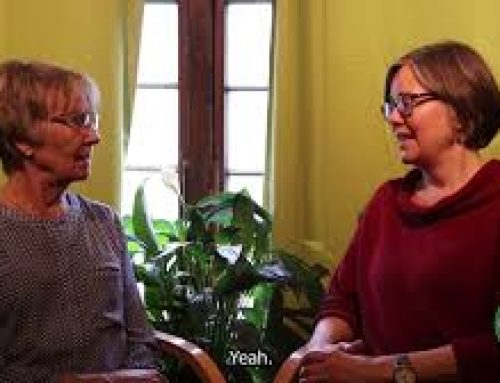In the previous article, we saw how evolution has shaped the three emotional systems described by the psychologist Paul Gilbert. These are the ‘Threat’, ‘Calm’ and ‘Drive’ systems. We saw how the Threat system evolved to keep us safe by activating the fight, flight or freeze reaction when faced with a threat. The threat could be either physically present, which we call fear, or in our thoughts, which we call worry and anxiety.
Safe but not feeling safeness
We saw that we can reduce this worry and anxiety by turning our attention away from our unhelpful thoughts and towards the real world. We can focus on our physical senses, tuning into the environment around us, which is almost always safe. But many people who are safe do not have a feeling of safeness. They just move to a lower state of threat, on edge, waiting for the next threat. They would benefit from moving to the Calm system.

Photo by Eren Li
The Calm system
The Calm system evolved to allow us to slow down, rest and recuperate. For example, when a lion has caught its prey, it will eat it then laze around with the rest of the pride. It has moved into the Calm system. On the bodily side, it enables the animal to rest and digest.
When humans enter the Calm system they may experience feelings of safeness, calm, caring, and being connected to others. They also experience a more open, clear, and flexible way of thinking. The Calm system enables us to both give and receive kindness, care and affection to and from others. For example, people enjoying a picnic with pleasant social conversation may move into a Calm state, feeling calm, caring and connected.
Becoming calm, caring and connected
We first experience this Calm state feeling of safeness through other people. For example, young children at play look back at their caregiver for reassurance and then feel safe enough to go forward and explore the world and other children.
As adults we deliberately do simple exercises to move towards this Calm state. We can use our body to slow down and enter the rest and digest state. Just like the Threat system, the Calm system is also affected by our thoughts. So we can also use our imagination and memory to enter the Calm state.
Moving to Calm through activities
There are many practical ways to enter this Calm state. Anything that slows us down and relaxes us is a good place to start, such as relaxing in the garden, or park, or on the beach. Being with friends or family in a pleasant social setting can increase our feeling of safeness. It may be as simple as tea and a chat. It does not necessarily have to be totally relaxed. Children playing an energetic game can feel safe and connected, showing that we can be active and in the Calm state.
Cultivating Calm through the body

Photo by Eren Li
We can also move towards this Calm state through bodily exercises. We can gently release the tension that we hold in parts of our body, such as raised, tense shoulders. We can relax our face and remember something that brings a warmer facial expression. We can notice our breathing and gently change it to a slower rhythm. Again, we can bring our attention to our senses, noticing the pleasant things around us. We can focus on our favourite sights (a photo or flower), or smells (scent or baking), or sounds (music), or touch (stroking a pet or a relaxing bath). Whichever way we create them, we can savour the Calm system’s soothing feelings.
Moving to Calm through imagination and memory
We can also enter this Calm state using our imagination. Each of these exercises takes just a few minutes and starts by slowing our breathing.
- We can imagine a colour that we find calming. Imagine it as a coloured light or mist slowly moving towards you and gently soothing and supporting you.
- Another approach is to imagine a place where you feel safe, calm and connected. It could be somewhere you have been, or would like to go, or be purely imaginary (for example, a garden, beach or fantasy place). We close our eyes and imagine ourselves in this place. Then allow yourself to experience the sights (maybe flowers), sounds (maybe birds), physical sensations (maybe from sunshine) and smells in this safe place.
- We can also recall a time when we felt safe, calm and connected. Slow the breath and remember when somebody was being warm, kind or caring towards you. Perhaps a relative, a friend or even a stranger who was kind to you. Try to remember how they were acting. Notice how their facial expression, their posture and movements, their tone of voice, all conveyed their caring attitude towards you. See if you can remember how it felt to receive this kindness and care from another person.
Compassion for ourselves
The idea of all these exercises is to learn to take the time to show the kindness and compassion to ourselves that we would show to other people.
Practical steps to take:
We can move towards the Calm state by:
- Joining with others in sociable activities. Perhaps a friendly chat over tea or coffee.
- Relaxing the tension in our shoulders and soothing our body. Perhaps a soothing bath or listening to music.
- Slowing our breathing.
- Imagining a soothing colour or a safe, calm place.
- Recalling a time when someone was kind and caring towards us.
Next topic: Entering the Drive system




